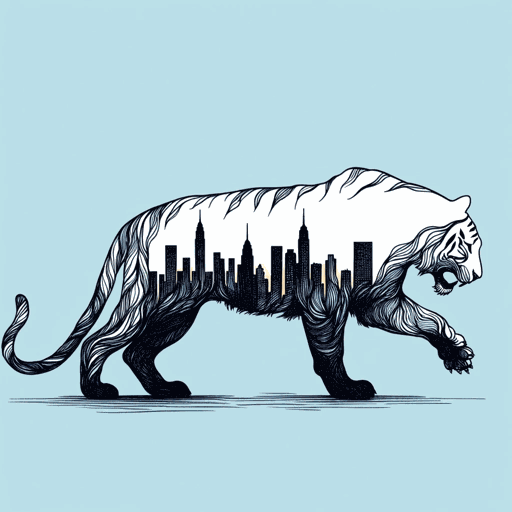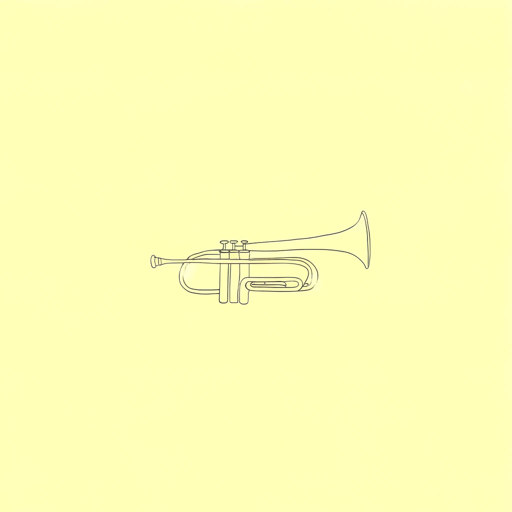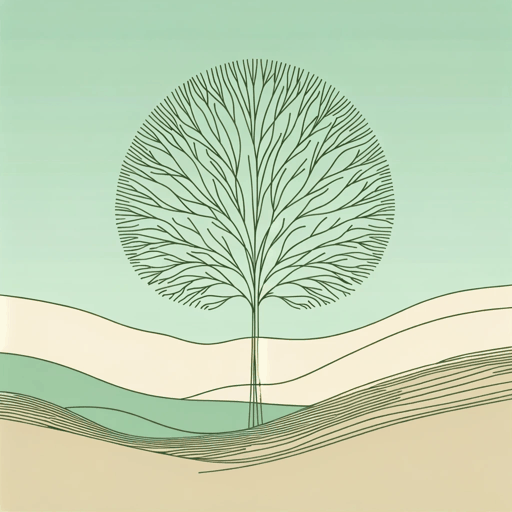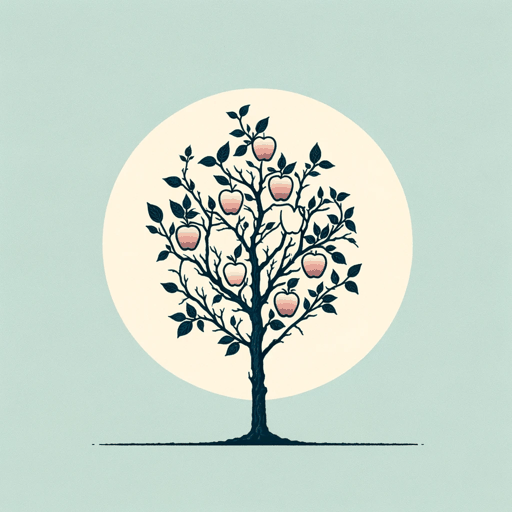18 pages • 36 minutes read
Claude McKayWhen Dawn Comes to the City
Fiction | Poem | Adult | Published in 1922A modern alternative to SparkNotes and CliffsNotes, SuperSummary offers high-quality Study Guides with detailed chapter summaries and analysis of major themes, characters, and more.
Summary and Study Guide
Overview
Reflecting the poet’s lifelong sense of displacement—geographical as well as emotional and psychological—and his complex struggle to define “home,” Claude McKay’s “When Dawn Comes to the City” (1920) juxtaposes a description of first light in New York City against the poet’s memories of dawn in the picturesque village in coastal Jamaica where he grew up. Now regarded as one of the pioneering voices in the Harlem Renaissance—a daring arts movement that brought together a generation of Black writers, musicians, and painters centered in New York’s Harlem district in the 1920s—McKay here represents what was central to that movement’s perception of its mission: to interrogate what it means to be Black in America.
Toward that endeavor, the artists of the Harlem Renaissance sought political and social change in a white culture that still embraced the Jim Crow mindset of “separate but equal” races. “When Dawn Comes to the City” does not directly reveal McKay’s sense of loneliness or his sense of exile from his identity. Only the way that the poem manipulates language—prosody, diction, syntax—creates the poignant sense of the poet lost between two islands, forever suspended in the between: Jamaica is home, but it is lost; Manhattan is home, but it is not his.
Poet Biography
McKay’s life reflects his struggle to define a clear identity. As a writer, McKay spent most of his adult life moving about the flourishing arts communities of his time, first in New York and then London and Paris, and finally Chicago. As much a writer as a political activist, he tested a number of philosophies to affect real change in America’s entrenched racist culture, including Black activism, Socialist and Communist affiliations, and ultimately Catholicism.
Festus Claudius McKay was born in 1889 in the village of Sunny Ville along the southern coast of Jamaica. McKay was born into comparative prosperity. His father was a successful farmer and part-time carpenter, widely respected in the community. Although his father assumed his son would work the sprawling family farm, the young McKay was more drawn to the books that his older brother, an English teacher, introduced him to. With the encouragement of his mother, McKay dreamed of being a poet. To support himself early on, McKay joined the local police department.
Because of his aspirations to write, McKay departed Jamaica in 1912 following the publication of his first collection of poems, Songs of Jamaica. He would never return to the island. After starting but not completing college study in agriculture, first in Alabama and then Kansas, McKay arrived in New York City in 1914. He married and worked briefly as a restauranteur in Brooklyn. When the business failed, McKay, determined now to be a poet, abandoned his young family and immersed himself in the energy and freedoms of the burgeoning movement that would come to be called the Harlem Renaissance. His poems, many reflecting his observations about white supremacy, began to appear in magazines and newspapers. After a stay in Europe, McKay returned to New York and published in 1920 his collection Spring in New Hampshire, which contained “When Dawn Comes to the City.”
Over the next decade, McKay became involved in numerous social and political organizations designed to promote Black identity and Black empowerment as well as workers’ rights and the problematic nature of capitalism. McKay traveled tirelessly around the world as a powerful advocate for American Black rights and the immorality of segregation. During this time, McKay focused on fiction, publishing several well-received novels that exposed racism in America, and he later turned to autobiography, publishing in 1937 the landmark A Long Way from Home.
Even as his health began to decline in the early 1940s, McKay, a lifelong atheist but ever intellectually restless, embraced Catholicism, specifically its interest in advancing social and economic reforms as a reflection of Christ’s teaching. He moved to Chicago in 1946 where he died, at the age of 58, of complications from heart disease. He was buried in the Calvary Cemetery back in Queens under a simple tablet with the inscription “Peace, O My Rebel Heart,” a line taken from his poem “The Tired Worker.”
Poem Text
The tired cars go grumbling by,
The moaning, groaning cars,
And the old milk carts go rumbling by
Under the same dull stars.
Out of the tenements, cold as stone,
Dark figures start for work;
I watch them sadly shuffle on,
'Tis dawn, dawn in New York.
But I would be on the island of the sea,
In the heart of the island of the sea,
Where the cocks are crowing, crowing, crowing,
And the hens are cackling in the rose-apple tree,
Where the old draft-horse is neighing, neighing, neighing,
Out on the brown dew-silvered lawn,
And the tethered cow is lowing, lowing, lowing,
And dear old Ned is braying, braying, braying,
And the shaggy Nannie goat is calling, calling, calling
From her little trampled corner of the long wide lea
That stretches to the waters of the hill-stream falling
Sheer upon the flat rocks joyously!
There, oh, there! on the island of the sea,
There would I be at dawn.
The tired cars go grumbling by,
The crazy, lazy cars,
And the same milk carts go rumbling by
Under the dying stars.
A lonely newsboy hurries by,
Humming a recent ditty;
Red streaks strike through the gray of the sky,
The dawn comes to the city. 30
But I would be on the island of the sea,
In the heart of the island of the sea,
Where the cocks are crowing, crowing, crowing,
And the hens are cackling in the rose-apple tree,
Where the old draft-horse is neighing, neighing, neighing
Out on the brown dew-silvered lawn,
And the tethered cow is lowing, lowing, lowing,
And dear old Ned is braying, braying, braying,
And the shaggy Nannie goat is calling, calling, calling,
From her little trampled corner of the long wide lea
That stretches to the waters of the hill-stream falling
Sheer upon the flat rocks joyously!
There, oh, there! on the island of the sea,
There I would be at dawn.
McKay, Claude. “When Dawn Comes to the City.” 1920. Poemhunter.com.
Summary
Stanzas 1 and 3 describe a typical morning in the city (identified as New York); Stanzas 2 and 4, however, describe a typical morning on a far-too-distant island (presumably Jamaica but never specified). Thus, at the heart of the poem is a comparison—the speaker never intrudes to deliver commentary. The descriptions are so different that the poem’s argument becomes clear: how much the speaker, emotionally and psychologically marooned in the city, pines for the island world all but lost to him now.
Stanza 1 suggests a city sluggishly reviving to start another day: “tired cars go grumbling by” (Line 1), and other cars are “moaning” and “groaning” (Line 2). The lingering morning stars overhead are “dull” (Line 4). The people—described as “dark figures” (Line 6)—“sadly shuffle” (Line 7) from their dwellings to work.
The mood of the poem shifts in Stanza 2—the speaker thinks of what dawn would be like if he were not in the tenements of New York but rather in the “heart” (Line 10) of the “island of the sea” (Line 9). The poem comes alive with the cacophony of the island’s livestock at dawn: “cocks are crowing” (Line 11), “hens are cackling” (Line 12), an old horse is “neighing” (Line 13), and so on. There is a forward rush with the break of day on the island.
Stanza 3 pivots back to the urban morning. It is presumably another day, yet the description is similar to the opening stanza. Dawn does not refresh—it repeats. The “crazy, lazy” (Line 24) cars still grumble under stars that are no longer dull but “dying” (Line 26). A “lonely newsboy” (Line 27) rushes by. Rays of the red morning sun emerge through the gloomy sky.
The closing stanza returns to the celebratory mood of morning on the island. The speaker imagines the sounds of the animals as they hail the start of a new day. Though their distinctive sounds are patterned and expected, there is a feeling of wistful joy instead of monotony.
Related Titles
By Claude McKay

America
Claude McKay

Home To Harlem
Claude McKay

If We Must Die
Claude McKay

Joy in the Woods
Claude McKay

The Harlem Dancer
Claude McKay

The Lynching
Claude McKay

The Tropics in New York
Claude McKay

The White House
Claude McKay

To One Coming North
Claude McKay

